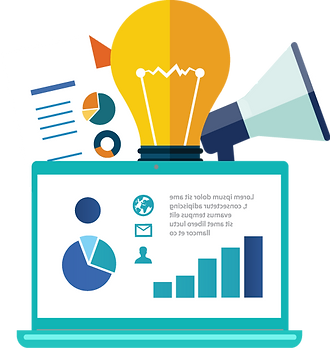



Specializing in
Strategic Workforce Planning
Strategic workforce planning involves accessing the evolving supply and demand to define a fit for a workforce. ACG helps define skills your organization needs currently and skills required for the future. We do this by developing skills required internally. Our training includes both soft skills and industry specific training. It involves:
-
Analyzing current workforce staffing and capabilities
-
Forecasting future workforce needs
-
Identifying gaps between current and projected workforce requirements
-
Developing targeted talent management interventions
-
Prioritizing, developing, and funding people practice
To effectively plan for the future, you must understand your current workforce status. This involves the composition of its skills, experience, demographics and performance. By identifying your workforce strengths, weaknesses and gaps, you can develop strategies to optimize talent utilization, address skills shortages or surpluses and reward high performers.

We Optimize Your
Operational Performance
When trying to juggle all of the responsibilities of running a business, it might seem as though taking the time to sit down and plan your personnel strategy is a poor use of time. But taking the care to practice effective workforce planning can pay off greatly in the long run.
When done correctly, benefits of workforce planning include:
-
Creating a road map for achieving business goals. Rather than just words on paper, the strategic plan comes to life through workforce planning. Because workforce planning aligns the workforce supply and demand with the business’s strategic plan, it provides a path to making the strategic plan a reality.
-
Preparing for the future. Rather than focusing on immediate staffing needs, workforce planning takes a longer view to prepare for future needs by looking to labor market trends, technological alternatives, sustainable ways to streamline job responsibilities and other workforce options.
-
Discovering staffing gaps or opportunities for increased efficiency. Workforce planning requires an evaluation process, through which staffing gaps and inefficiencies can be discovered and corrected.
-
Providing data to support HR decisions. Rather than making impulsive decisions, workforce planning relies on data and stats to make informed decisions. Accordingly, HR leaders and company management can be confident in their decisions and have the data to support their decisions to various stakeholders.
-
Facilitating succession planning. Because workforce planning looks beyond the horizon to future needs, the process can assist with succession planning. If there are gaps in succession planning, the business can take steps to train and develop future leaders so they aren’t scrambling when leaders retire.
-
Improving retention rates. Because there is a clear road map, transparent standards and appropriate staffing levels, businesses often realize improved retention rates when they practice effective workforce planning. Employees are not overworked or underutilized. Instead, talent is developed and given opportunities for growth. And because the workforce planning program aligns with strategic planning, the workforce can feel united in a common goal.
